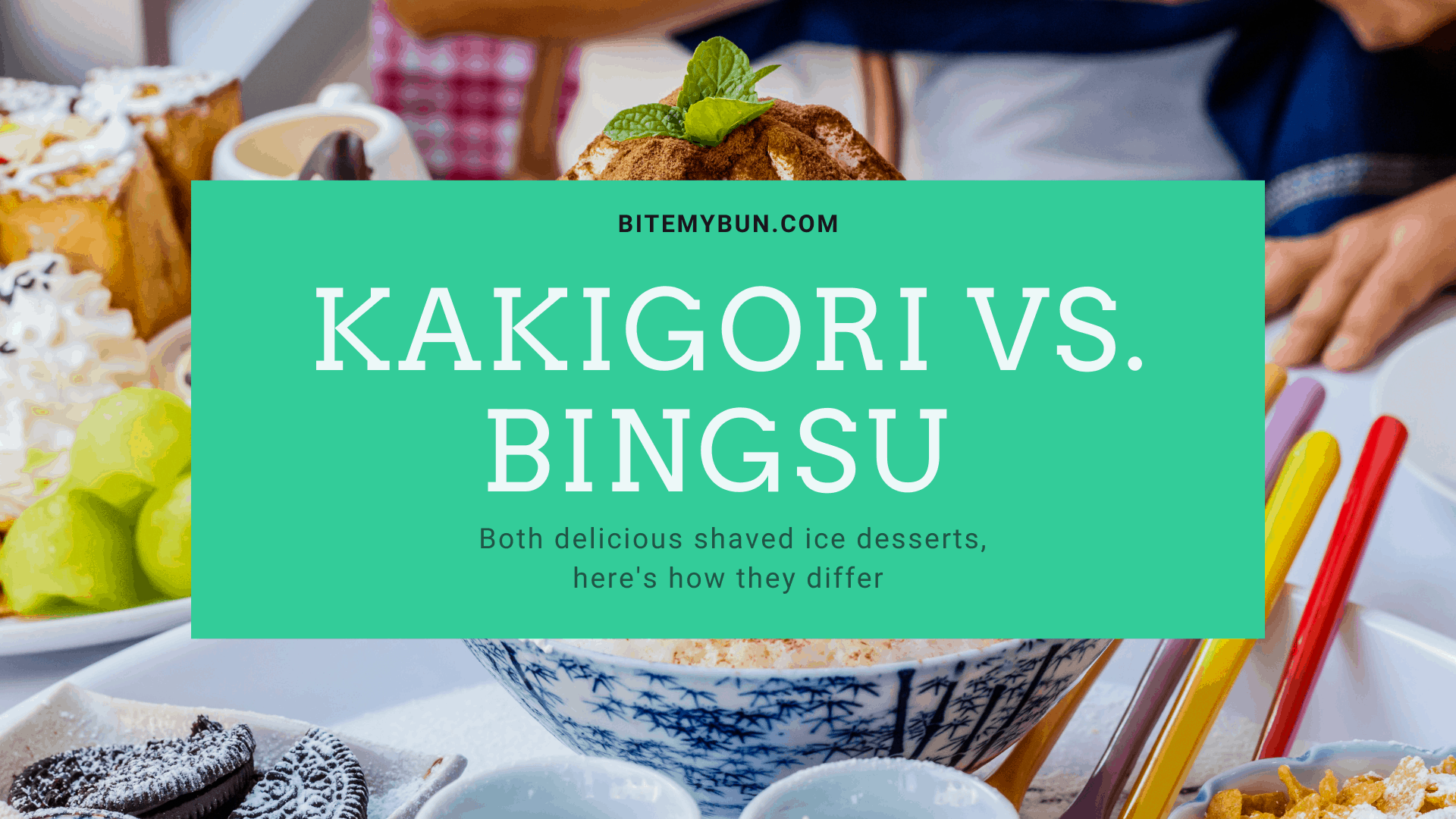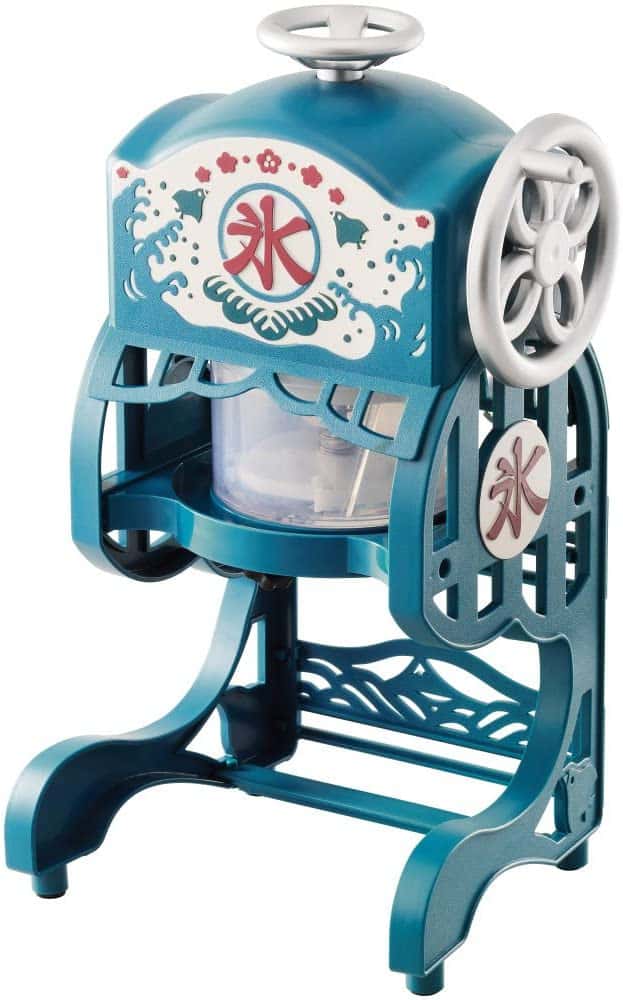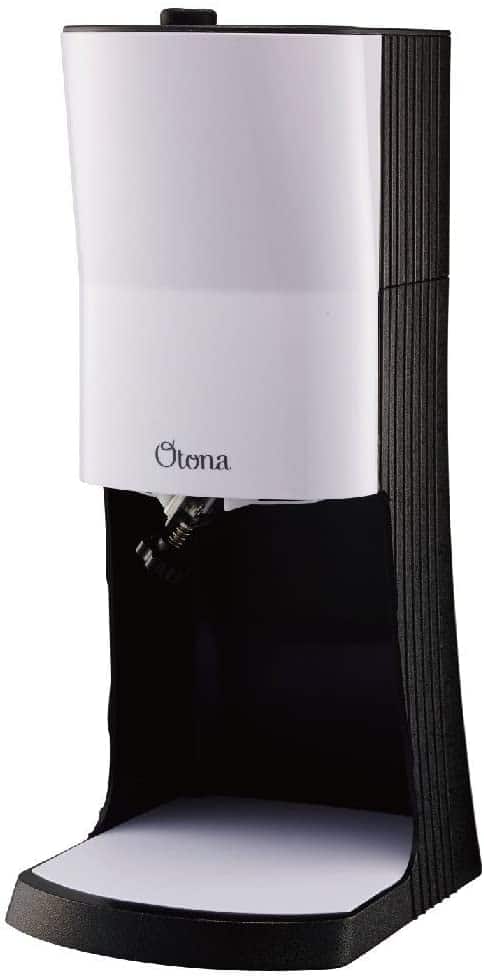Kakigori vs. bingsu: Here’s how these shaved ice desserts differ!
On those hot summer days, there’s nothing better than ice cream…Or is there?
If you’re a fan of Asian-style ice desserts, then you’ll love kakigori and bingsu. These 2 desserts are the best alternatives to ice cream, and they’re both very refreshing!
So what are they, and what’s the difference?

Kakigori and bingsu are similar shaved ice desserts. Japanese kakigori is made with fine ice shards and topped with syrups and yogurt. Korean bingsu is made with finer powdery ice shards and is topped with an abundance of syrups and chunky ingredients, making it more decadent.

Check out our new cookbook
Bitemybun's family recipes with complete meal planner and recipe guide.
Try it out for free with Kindle Unlimited:
Read for freeIn this post we'll cover:
Is there really a difference between kakigori and bingsu?
Kakigori and bingsu are both similar shaved ice desserts with various sweet and syrupy toppings.
Kakigori (かき氷) is a Japanese shaved ice flake dessert.
At the same time, bingsu (빙수) is a similar Korean shaved ice dessert that’s usually served with more abundant toppings than its Japanese counterpart, and the ice texture is even finer and almost powder-like.
Unlike snow cones that are made of ground-up ice, these Asian desserts are made with very fine shaved ice flakes and have a snow-like texture.
The main difference between them is the types of toppings they’re served with: the Japanese prefer syrupy flavorings, while Koreans like rice cakes, red beans, and chunky toppings.
Check out this video YouTuber 피기보이PiggyBoy made of getting bingsu in Korea:
Japanese kakigori
There’s no reason not to try kakigori. It’s a tasty sweet shaved ice dessert. The ice is so finely shaved that it has an almost cotton-candy type of texture.
Because it’s smooth, fluffy, and chilly, it’s like having a cup of snow, but with many sweet toppings, of course!
Don’t mistake it for a snow cone, as this one has flaky ice, not chunks.
Made from pure shaved ice
What sets this ice dessert apart is that it’s made from pure ice, not flavored ice. Also, the best kakigori is made with frozen mineral water.
Then the flavorings and toppings are added afterward.
But a notable difference between snow cones and other icy desserts is that this one isn’t made from crushed ice, but instead, ice shaved off from larger blocks.
Unlike Korean bingsu (which is full of rich and decadent chunky toppings), kakigori is usually flavored with syrups, ice cream, condensed milk, and yogurt.
Kakigori day
Kakigori is a popular street food dessert, but families also enjoy it at home.
In fact, this treat is so popular that it even has its own national day! July 25th is known as “Kakigori day” because when you read the date backward in Japanese, sounds like “summer ice”.
Kakigori maker: a unique machine (Hatsuyuki)
There’s a special machine to make kakigori; it does all the ice shaving for you, so it’s easy to make the dessert!
This machine is called hatsuyuki and it shaves ice when you pull the handle. Fine ice shards fall out through a funnel into the cup or bowl.

Doshisha is an electric kakigori maker with a vintage-style Japanese design. To make this yummy dessert, you need to use this machine because it finely shaves the ice and gives it that fluffy texture.
The way it works is that there’s a large chunk of ice (which is either square or round), and then the machine has a blade. This precise blade shaves off the ice in very thin strips and pieces.
Origin of kakigori
Although it seems hard to believe, kakigori originated sometime in the 10th or 11th century.
It was a dessert created for Japanese nobles. It became a popular dessert for commoners only in the late 1800s.
Ordinary people didn’t have access to shaved ice because transporting ice was hard without freezers. Therefore, only once industrialization was in full swing could people transport ice on time.
When it was first made, kakigori had to be handmade, as there was obviously no electric machine.
Since it was reserved for nobility and royalty, this treat was highly sought after. People would shave the ice with a knife.
The ice was then sweetened naturally with flower nectar and sweet plant sap.
Also check out this delicious Japanese imagawayaki (obanyaki) dessert recipe
Korean bingsu
The word “bingsu” means frozen water, but this dessert is much more than that: it’s full of flavor and comes with many toppings!
Just like kakigori, bingsu is a shaved-ice dessert with very fine pieces of ice. What sets it apart from kakigori is that it’s served with more toppings, which are very different from what you’d expect.
Also, it’s shaped into a round ball and then placed into bowls and garnished with yummy toppings.
The most popular toppings include various chopped fruits, sweet syrups, condensed milk, and the most famous pat-bingsu, which is red adzuki bean shaved ice. “Patbingsu” literally means “red bean ice flakes”.
It’s all about the toppings
A common way to eat bingsu is to add the ice, then some fruit, jelly, and sweet red bean.
But some other popular toppings include chocolate, matcha, green tea, strawberry, blueberry, cheesecake, and mango. As well, tteok (rice cakes) can be added on top to make this dessert even more filling.
You can expect people to say bingsu, patbingsu, or bingsoo (in America). However, they’re all referring to Korean shaved ice!
Bingsu maker: the same as a kakigori maker
There’s no specific bingsu maker, as it’s made with a similar electric ice shaver like with kakigori. A Japanese-style doshisha machine will do the job for you.

On the most basic level, the ice is practically the same for both kakigori and bingsu.
Origin of bingsu
Bingsu has an interesting history. It originated in China as an evolution from eating frozen fruit. But it ultimately came from Japan.
During the Joseon Dynasty (1392-1897), Korea was under Japanese rule, and thus, many Japanese recipes became popular.
The servants and officials in charge of the royal icebox shaved off the ice with knives and then added some fruit syrup and fruit to create a refreshing icy treat for the nobility.
Then, later on, the flavors of kakigori were given a Korean twist: red bean. So red bean shaved ice quickly became the most popular flavor!
During the Korean War, there was an influence of foreign flavors and ingredients, and the dessert became even more complex with all kinds of exciting toppings like nuts, syrups, and even cereal.
Learn more about the differences between Japanese and Korean food here
Kakigori vs bingsu: Similarities & differences
Now that I’ve explained each treat, it’s time to explore how these 2 ice desserts are similar and different.
There’s a reason people get confused about which is bingsu and which is kakigori. I can’t blame them, because both desserts look fairly similar!
They’re served in the same way
For starters, both kakigori and bingsu are made of shaved ice, covered in many syrupy and other sweet toppings, served in bowls, and eaten with a spoon.
Sometimes, these desserts are served in larger bowls to make room for all the decadent toppings. But simple versions are placed in small cups, and you take spoonfuls of ice flakes mixed with toppings.
At first glance, you may even think that it’s all just one big bowl of ice cream because the toppings usually cover all the ice. The ice is shaved into thin flakes and resemble fresh snow.
Bingsu ice is even finer than kakigori and almost feels like powder.
Ice texture & toppings are different
The main difference between bingsu and kakigori is the ice texture.
Kakigori has a flaky ice texture, but bingsu is shaved even finer and feels like powdery snow in your mouth. But they’re still very similar.
The second difference between the two desserts is the choice of toppings.
Japanese and Koreans have some similar tastes, but they both have their own regional variations and flavors that they prefer.
Most common kakigori flavors & toppings
When you visit a kakigori vendor, you’ll see all the topping options listed.
The most basic flavors are colored fruity syrups like:
- Cherry
- Red strawberry
- Lemon
- Melon
- Yuzu citrus
- Hawaiian blue raspberry
You simply squeeze some of the syrup straight onto the ice.
Then, there are some classic flavor combinations and unique ones, which include:
- Matcha (green tea)
- Rennyu (sweetened condensed milk)
- Kuromitsu (a molasses type of syrup)
- Kinako (roasted soy flour, which has a nutty taste)
- Adzuki (red bean)
- Anko (sweet red bean paste)
- Flavored jelly (zeri)
- Shiratama (small mochi dumplings)
- Potato and corn (savory)
- Carrot
- Yuzu
- Daikon radish
- Champagne
- Ujikintoki (matcha and red bean combo)
- Shirokuma (condensed milk, red bean paste, fruit, zeri made of agar agar)
Most common bingsu flavors & toppings
Many of the Japanese toppings are popular bingsu toppings too.
Here are some flavors you’re likely to find:
- Red bean
- Ice cream
- Fruit cocktail
- Patbingsu (which is condensed milk, red bean paste, and tteok rice cake)
- Tteok (Korean rice cake)
- Colorful fruit syrups (like cherry, lemon, raspberry)
- Green tea
- Coffee
- Yogurt
- Cereal
- Wine
- Cheese
- Nuts
- Matcha
- Gamgyul (a type of mandarin)
- Beer
Kakigori vs bingsu: nutritional information
Kakigori is a healthy dessert! Unlike Western-style ice cream, which is full of calories and sugar, many icy Japanese treats are pretty healthy.
Ice by itself doesn’t have calories, and it’s just like drinking water. The calories come from the toppings, but most of the syrups and yogurts are low in sugar, fat, and carbs.
Kakigori is low in calories and perfect for those on a diet or looking for healthier sweets.
The healthiest type of kakigori is kinako, made with roasted soybean flour. It has lots of protein, dietary fiber, minerals, and vitamins.
Bingsu, on the other hand, is less healthy than kakigori, and the reason is that the ice is served with an abundance of creamy toppings. The toppings are usually full of carbs and sugar.
Bingsu, unfortunately, has a high quantity of carbs and fats. But just like eating ice cream, it’s best to consume bingsu in moderation.
An average bowl of bingsu has between 300 to 900 calories, whereas an average bowl of kakigori has 30 to 300 calories.
However, if you choose fruits and jelly as your toppings, you can make bingsu healthier and more diet-friendly.
Beat the heat with kakigori and bingsu
If you’re looking for a decadent ice dessert with creamy toppings and a fine powdery texture, you should try bingsu first. But if you want a quick icy treat with fruity syrup and milky goodness, then kakigori should be your first option.
Both are very delicious and perfect for a hot summer day!
Oh, and if you’re feeling adventurous, why not buy an ice shaving machine and make your own at home? It can replace ice cream, and it’s effortless to make!
If you don’t want to buy one, then a food processor can always do in a pinch.
Next, how about trying another classic Japanese dessert at home: delicious mochi!
Check out our new cookbook
Bitemybun's family recipes with complete meal planner and recipe guide.
Try it out for free with Kindle Unlimited:
Read for freeJoost Nusselder, the founder of Bite My Bun is a content marketer, dad and loves trying out new food with Japanese food at the heart of his passion, and together with his team he's been creating in-depth blog articles since 2016 to help loyal readers with recipes and cooking tips.
